UK construction PMI dropped to 52.8 in December, down from 53.4 and missed expectation of 52.9 slightly. Markit noted that “business activity expands at weakest pace for three months”, “softest rise in commercial work since May 2018”, but “rebound in business optimism amid hopes of infrastructure boost in 2019”.

Tim Moore, Economics Associate Director at IHS Markit, which compiles the survey:
“UK construction firms signalled a slowdown in housing and commercial activity growth during December, which more than offset a strong performance for civil engineering at the end of 2018.
“Subdued domestic economic conditions and an intense headwind from political uncertainty resulted in the weakest upturn in commercial work for seven months.
“Strong demand among first-time buyers meant that house building was the fastest growing category of construction output during 2018. However, construction companies indicated a renewed loss of momentum in December. Residential growth remains much softer than the two-and-a-half year peak achieved last summer.
“Civil engineering was the stand-out area of construction growth in December, with activity rising at the fastest pace since May 2017. Survey respondents also noted that the strengthening infrastructure pipeline is set to become a key engine of growth in 2019, despite concerns about possible delays to the delivery of major projects.
“An expected boost from transport and energy projects underpinned a rise in business optimism to an eight-month high in December. Construction sector confidence was also helped by softer input cost inflation and signs of a turnaround in supply chain difficulties from the low point seen last August. However, levels of optimism remained subdued in relation to those recorded by the survey over much of the past six years, largely reflecting concerns that Brexit uncertainty will continue to encourage delays with decision-making, especially on commercial projects.”
Full release here.




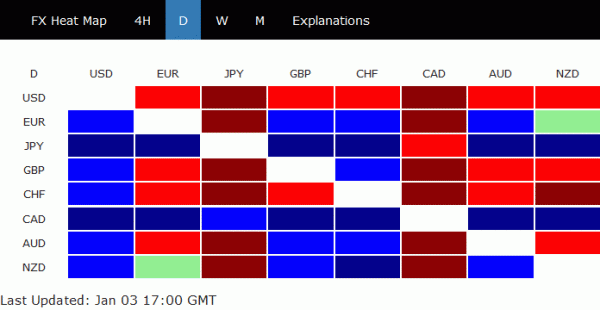
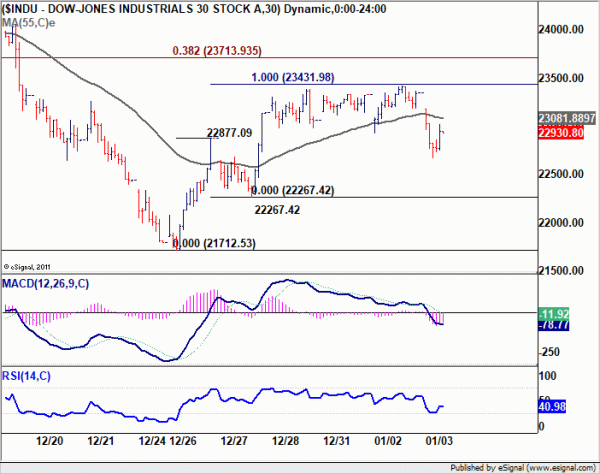
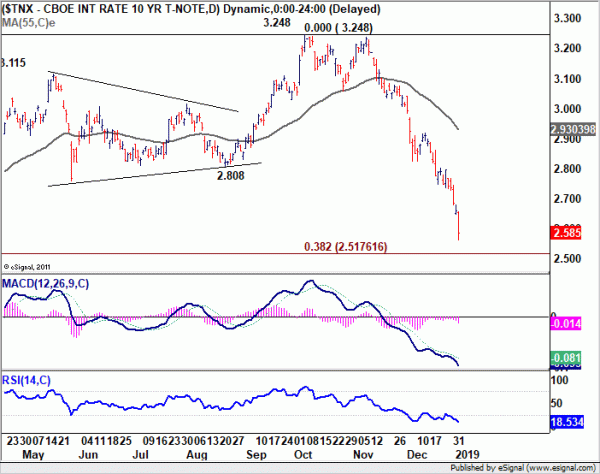
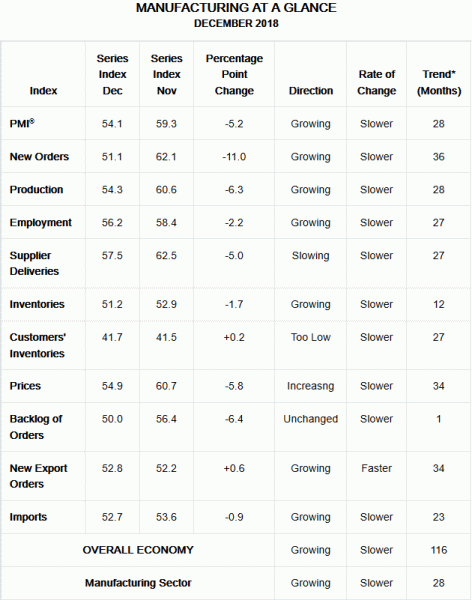
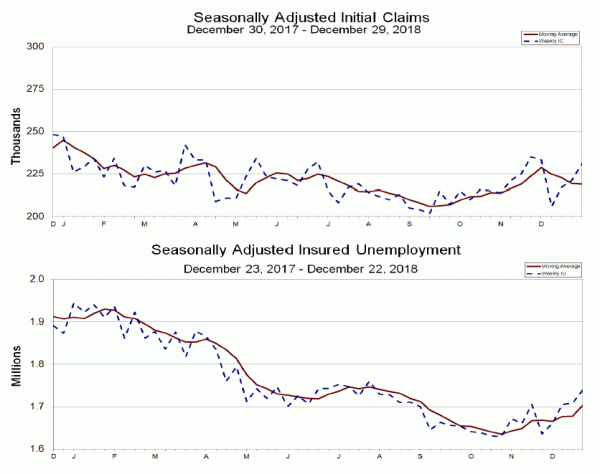
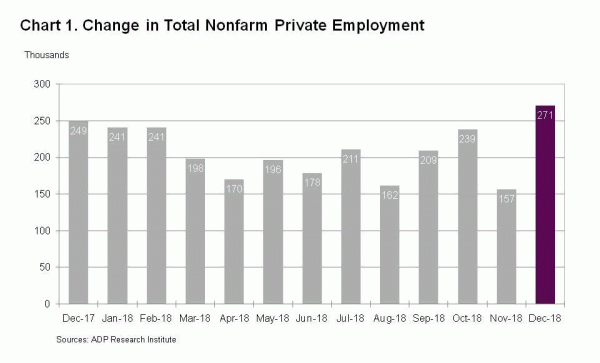
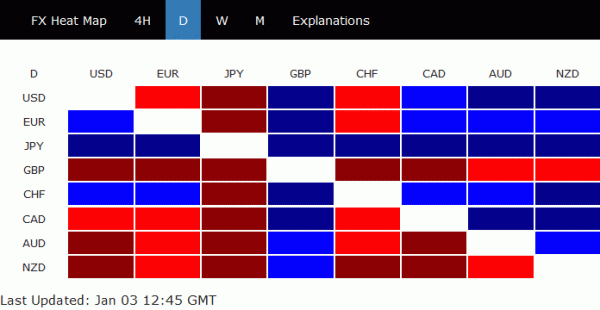
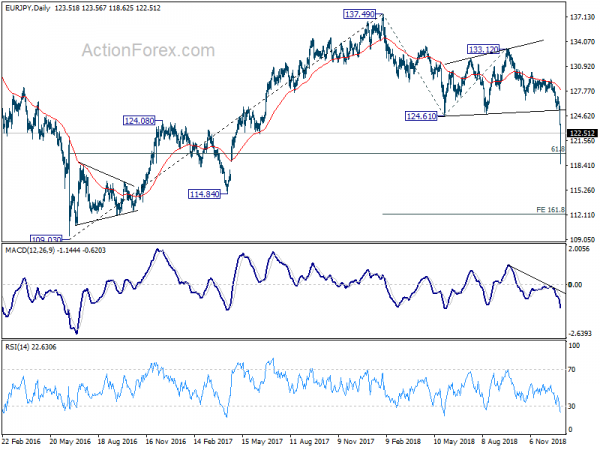

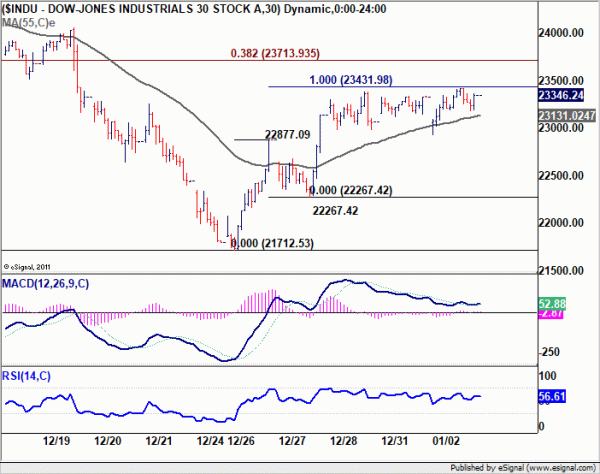
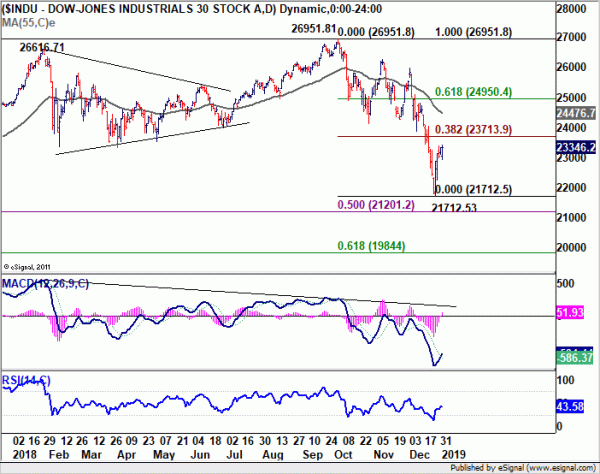
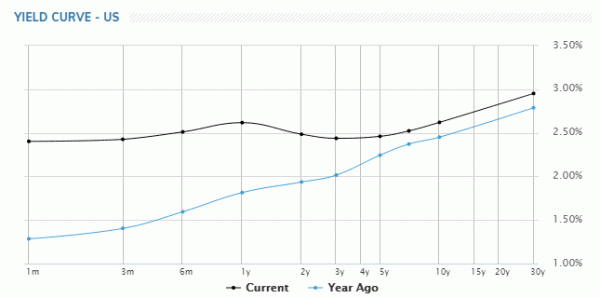
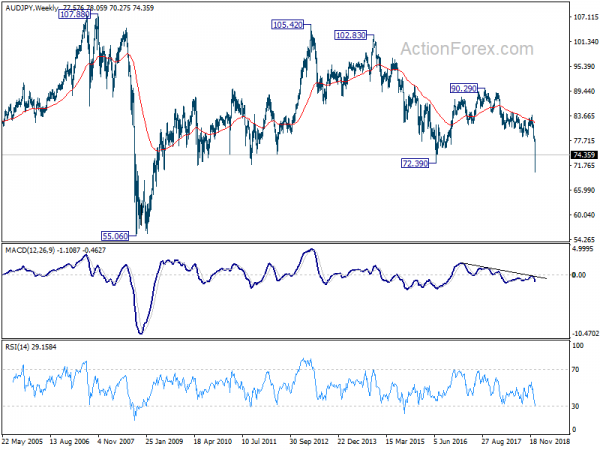
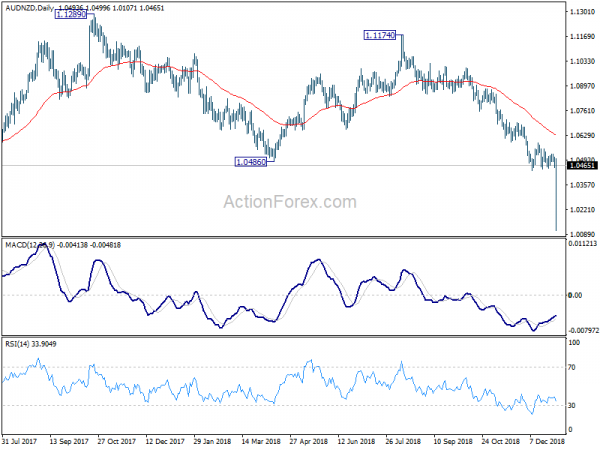
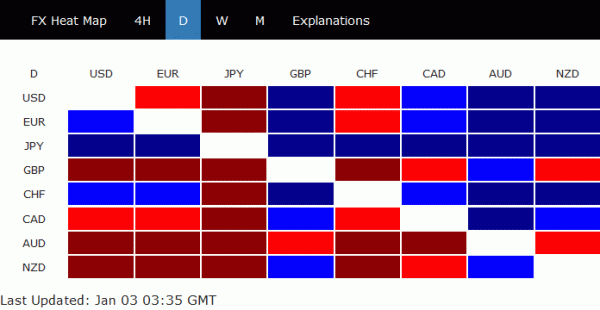
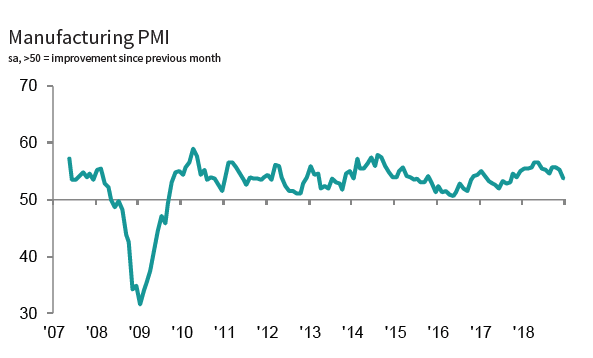
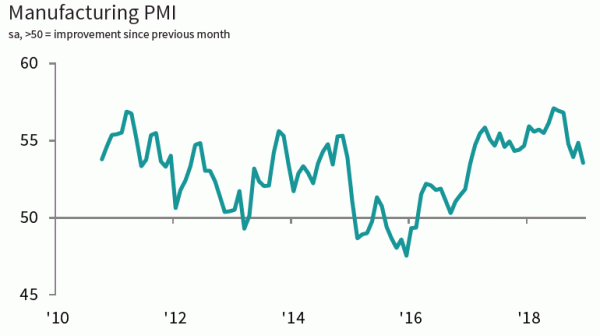
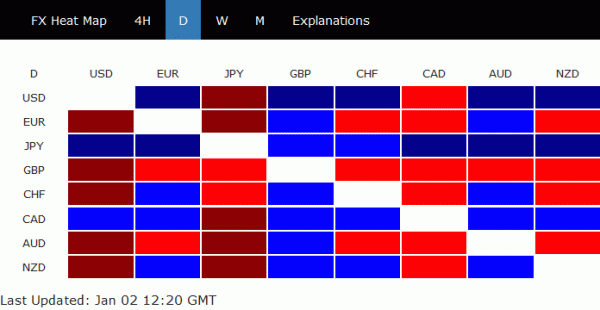
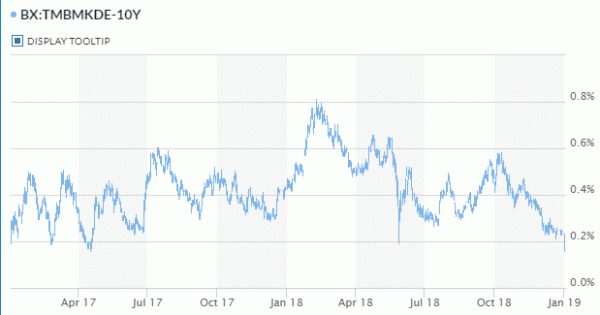
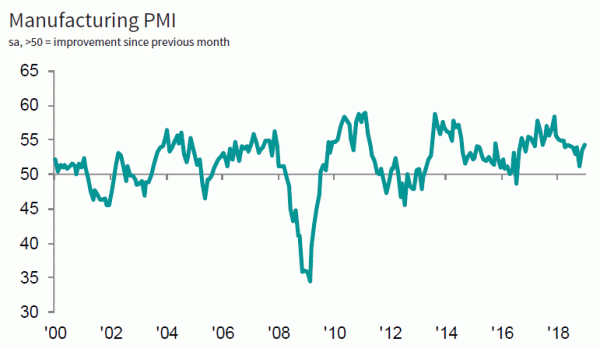

Japan PMI manufacturing: Demand pressures relatively subdued
Japan PMI manufacturing is finalized at 52.6 in December, up from November’s 15-month low of 52.2. Markit noted “solid output expansion on average over Q4, but demand pressures remain subdued”. Also, “business optimism at lowest since November 2016”
Commenting on the Japanese Manufacturing PMI survey data, Joe Hayes, Economist at IHS Markit, which compiles the survey, said:
“The final print of the December Manufacturing PMI showed that Japan’s goods-producing economy looks set to contribute to a bounce-back in GDP growth for Q4. Output increased at the strongest rate since April last year, while new order growth also improved.
“Nonetheless, the survey data provide reason to remain cautious on growth prospects. Most notably, demand pressures were relatively subdued. Exports also declined on the month amid reports of sluggish sales to Europe and China. The fall in confidence, the seventh time this has been the case in as many months, also suggests that companies are becoming increasingly less bullish on the year-ahead outlook. With the sales tax increase set to come into play, fears over the durability of demand conditions are worrying.”
Full release here.